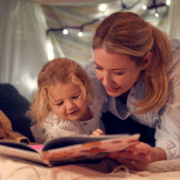Top tips: New year new energy – supporting your team
As we get ready to step into a new year, it’s a perfect opportunity to embrace fresh beginnings, renewed energy and exciting possibilities. A new year offers a chance for reflection, growth and inspiration. These tips are designed to help leaders support their staff in feeling motivated, valued and empowered, while also prioritising their well-being.
Read more










